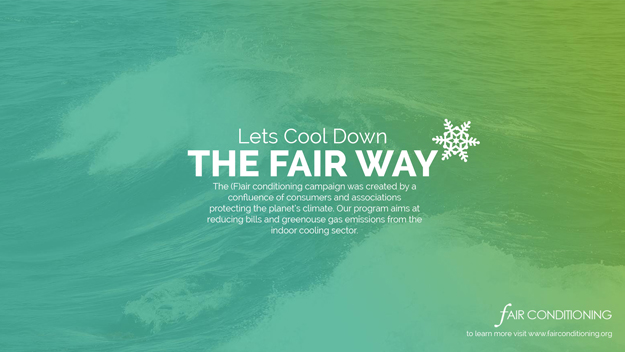Learn the principles of passive cooling design and use it as a teaching tool.
Designing buildings that reduce the need for active cooling is a key concept of energy efficiency. Clarity of the fundamentals of passive design and how to apply the theoretical principles in design resulting in creative solutions to thoughtfully cool the buildings is crucial knowledge. We believe that all architects should know how to design such buildings and all faculty teaching architectures should know how to teach students to design such buildings.
The ‘Cooling Buildings Thoughtfully’ course is designed for faculty of architecture to provide the tools and techniques for equipping future architects with the knowledge and competence to design buildings that reduce the demand for cooling. The focus of the course is to show various creative methods of the practical application of technical concepts in architecture design.
The course contains 4 modules. While the course is self-paced, we recommend that you go through each lecture sequentially. At the end of each lecture, there is a short quiz which will help you assess your understanding of the topic. Handouts have been provided on the ‘lecture description’ that can be downloaded to do the hands-on exercises. If you do not have a reliable internet connection, you could also download the presentations, video and additional resources to read it offline.
-
Module 1: Heat transfer in buildings
The module 1 introduces to concepts of building heat transfer through an exploration of the relationship between buildings and heat, ideas of cooling load, primary processes that give rise to it and the influence of sensible and latent heat on building design. It further introduces to various teaching methods, exercises, activities, that will be useful for teachers in conveying all the aforementioned concepts in the classroom.
-
Module 2: Psychrometrics
The module 2 introduces to concept of psychrometry and climate analysis are introduced to the participants, explaining how the psychrometric chart for a specific climatic zone, helps in designing energy efficient buildings. It further introduces participants to various teaching methods, exercises, activities, that will be useful in conveying all the aforementioned concepts in the classroom. This module further includes an introduction to passive design strategies, and the prioritisation of cooling load reduction before exploring sustainable cooling technologies and renewable energy supply.
-
Module 3: Thermal comfort
The module 3 focuses on establishing thermal comfort as the goal with respect to artificial cooling, along with adaptive comfort criteria and the energy and environmental conservation benefits of it. It further introduces participants to various teaching methods, exercises, activities, that will be useful for teachers in conveying all the aforementioned concepts in the classroom.
-
Module 4 Fundamentals of solar geometry
The module 4 introduces to the concepts of solar geometry along with an understanding of how reading solar charts for a given location can help in identifying the passive design implications. It further introduces to various teaching methods, exercises, activities, that will be useful for teachers in conveying all the aforementioned concepts in the classroom. This module further involves an introduction to shadow masking and different shading devices and how they work to reduce the heating load of a building.
0.00 average based on 0 ratings


